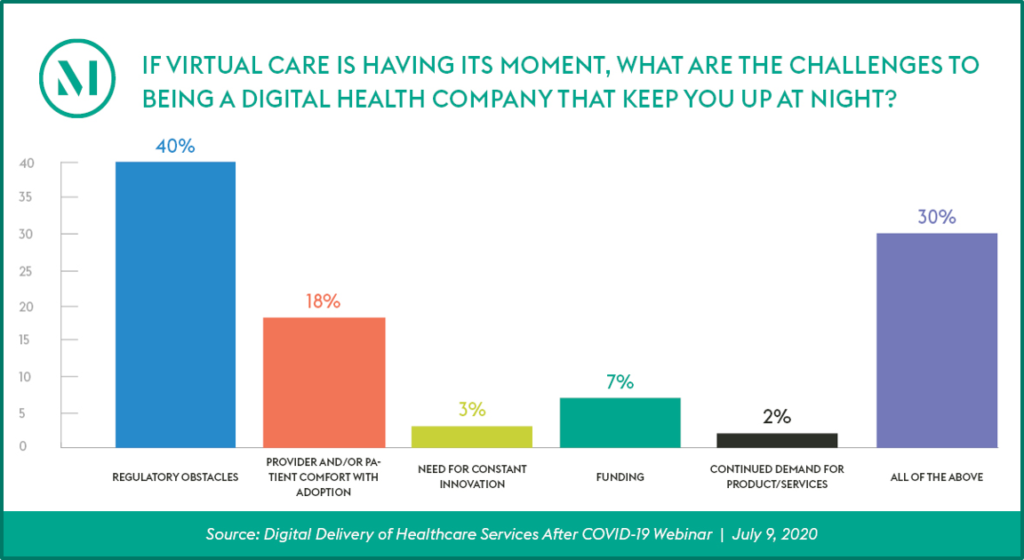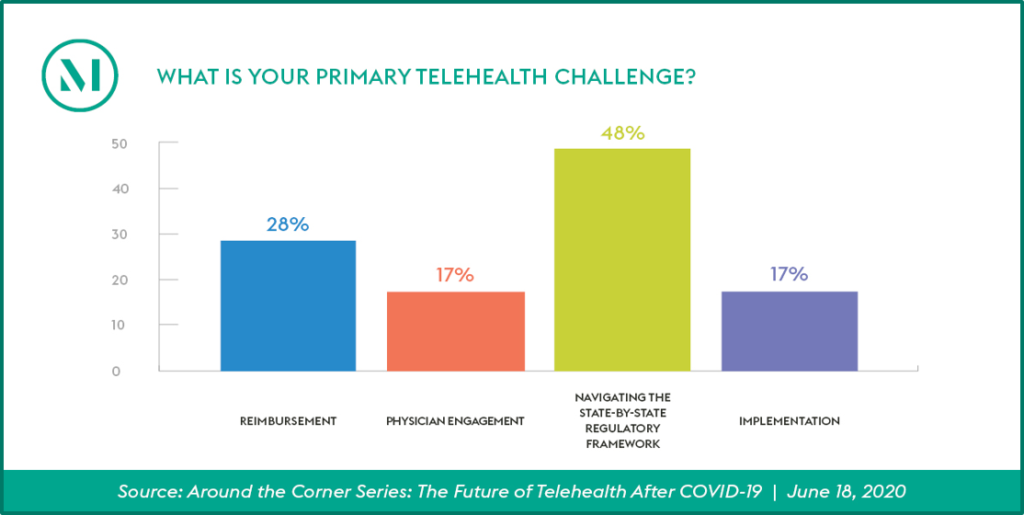In this session, McDermott Will & Emery Partner Lisa Mazur moderated a panel that explored how digital health tools can support financial and clinical success under value-based care arrangements. Panelists also looked at how digital health companies can successfully demonstrate value within the value-based care framework and make themselves attractive partners to value-based care companies. The panel showcased perspectives from executives at digital health companies and companies participating in value-based care models that have successfully leveraged digital health tools.
Session panelists included:
- Jessica Beegle, Chief Innovation Officer, LifePoint
- Jamie Colbert, MD, MBA, Senior Vice President of Care Delivery, Memora Healt
- Ashul Govil, MD, MBA, Co-Founder and Chief Medical Officer, Story Health
- Maulik Majmudar, MD, Chief Medical Officer and Co-Founder, Biofourmis
- Kelsey P. Mellard, Founder and Chief Executive Officer, Sitka
Top takeaways included:
- Behind-the-scenes role. What do many successful digital health companies in the value-based care space have in common? They are operating behind the scenes, facilitating patient’s care with a trusted healthcare provider. The patient does not know they are interacting with a separate brand—rather, the companies position themselves as an extension of the local care team. This allows digital health companies to leverage the trust patients have with their physicians, increasing patient engagement as a result.
- Achieving provider buy-in. The panelists discussed several ways to achieve provider buy-in for digital health tools. A key theme was the ability of a digital health tool to integrate with providers’ existing systems and workflows. Clinicians do not want another portal to log into or another widget they are required to use. Rather, successful tools are those that are able to integrate into providers’ existing workflows and that improve those workflows as a result. Such integration requires a deep understanding of a provider’s operations and patient populations; the ability to leverage clinicians’ expertise; and engaging clinicians early during the design process and launch. The most successful digital health companies are those that are seen as a partner to providers, rather than simply being another vendor. Panelists also discussed how digital health companies need to be able to demonstrate value. While there are numerous ideas for digital health tools, successful tools will be those that deliver demonstrable outcomes.
- Successfully bridging the current fee-for-service world with value-based care. Successful digital health tools are those that can demonstrate value in both the fee-for-service (FFS) and value-based care models. Digital health companies must understand that for providers, the reality of the current system is organized around FFS. Successful companies are those that can meet providers where their systems are today, and work together towards value-based care. Panelists reflected that this requires a long view, flexible contracting models, and establishing progressive outcomes that can continue to be built upon.
- Value-based care: why now. The large penetration of Medicare Advantage (MA) is quickly changing the landscape. It provides digital health companies a large target audience that companies can meet, innovate around and innovate for, allowing companies to test their theses and adjust their models. Other accelerants [...]
Continue Reading
read more

 Subscribe
Subscribe



